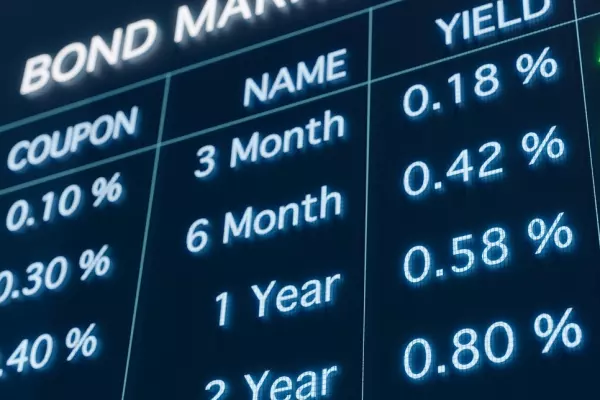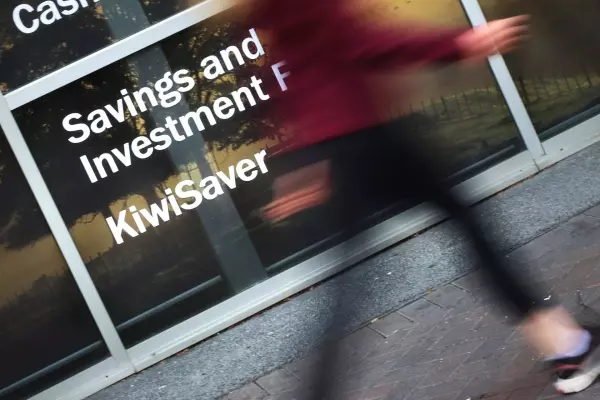Like cigarettes and painkillers, all retail investment products must carry a standard health warning.
Somewhere in every KiwiSaver or other investment product disclosure statement, fund update or ad you will find words to the effect of ‘past performance is not indicative of future returns’.
Yet past performance has been strongly correlated with future fund flows. And in a broader sense, past performance is the only indicator of future returns.
Historical performance data is the bedrock of asset class return forecasts that most portfolio management theory and practice rests on.
In effect, the theory assumes that most of the time the future will be like the past, on average.
As of this year, KiwiSaver investors will get their own personal glimpse into the financial future based on these history lessons.
The ‘KiwiSaver look-see’ promo published by the Financial Markets Authority early in June lays out what the new forecast is for.
“For the first time, you can see how much money you’re projected to have at age 65, and what that means as a weekly payment spread out over 25 years,” the FMA says.
It’s not quite for the first time, of course. The internet is awash with calculators that perform a similar function, including many offered by KiwiSaver providers.
The official calculation
The difference with the official FMA-endorsed approach is that all providers have to use the same calculator.
In a release, Rob Everett, FMA chief, said the coming-soon KiwiSaver individual forecast service “is not a guarantee but is based on some assumptions to be applied across all member statements.”
Quite a few assumptions, in fact. The FMA lists over 10 guesses the KiwiSaver calculator must rely on to magic up a forecast including contribution rate, investment choice and tax rate.
KiwiSaver providers also have to stick to rigid investment return assumptions that – on the face of it – appear conservatively set, ranging from 1.5 percent for defensive asset allocations to 5.5 percent for aggressive investors, all after fees and tax.
As well, the FMA prescribes a post-65 retirement income return of 2.5 percent: roughly in line with current term deposit rates, pre-tax and before inflation.
(One of the links to a page promising “more detail on how projections are calculated”, unfortunately, goes nowhere.)
Necessarily, the government has deemed a standardised approach to the new KiwiSaver income calculation, but the one-size-fits-all method also dilutes its usefulness.
Adding the final lump sum and retirement income estimates was not popular among many KiwiSaver providers, and not just because it represents another expensive compliance item.
False horizons?
The bigger issue is that the income projections could be seen as a promise coming from the providers, rather than a regulator-made piece of number-crunching. Perhaps the new income forecast could carry a disclaimer that it has ‘been brought to you by the FMA’.
To be fair, the FMA couches its message in probabilities. At the same time, however, the regulator urges KiwiSaver members to use the number to make real investment decisions.
Even outside the annual statements, KiwiSaver providers are now much more constrained in how they treat forecasts. From April this year, all KiwiSaver firms were ordered to use “the same underlying return, tax and inflation assumptions” supplied by the FMA in their own calculators.
Again, the idea was to impose some uniformity on what was a disparate calculator market.
But the regulator hasn’t totally squashed innovation for KiwiSaver forecasters.
“Because of the ability to make adjustments and include more precise details, the projected balance from a calculator may differ to that on your annual member statement,” the FMA says.
The law allows for other, less restricted, calculators, too, as long as the different underlying assumptions are “clearly disclosed”.
Covid weirdness
Ultimately, though, the FMA assumptions will set the benchmark for all assumptions – deviate at your peril.
Whether that’s a healthy way to set expectations remains to be seen.
Out in the real world, however, assumptions are not proving very useful right now.
Renowned value investor Jeremy Grantham noted in a recent newsletter that the pandemic crash and subsequent bounce has been one of the weirdest ever.
Since the March 23 equity market low, US share market investors would’ve earned six years of returns in just over a month. (Grantham published before the latest spike up that has brought US shares up to pre-covid par.)
“Everyone can see and feel that this is different and can sense the bizarre nature of the market response: we are in the top 10 percent of historical price earnings ratio for the S&P on prior earnings and simultaneously are in the worst 10 percent of economic situations, arguably even the worst 1 percent!” Grantham said.
“But this event is unlike [other crashes]. It is totally new and there can be no near certainties, merely strong possibilities. This is why Ben Inker, our head of asset allocation, is nervous and this is why you are nervous, or should be.”
Assumptions won’t help much.
Neither will smokes or panadol.
David Chaplin founded Investment News NZ in 2015 after almost 20 years covering the financial services business in Australia and NZ.















